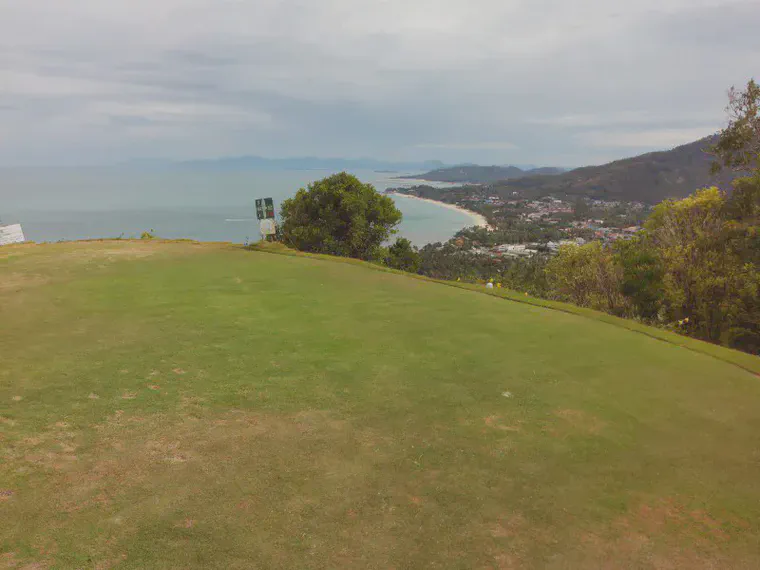More about the most sustainable grass hypothesis

I’ve written about a hypothesis for identifying the most sustainable grass.
Paul Johnson wrote with some feedback on this hypothesis, and a few questions.
Some more to consider:
What is sustainable really depends on each situation, and that involves temperature and light but also what is expected from the turf area. That’s probably what you mean by location. Here, fine fescue in some cases is most sustainable because it needs the fewest inputs, generally, but that only holds true in lower use areas. Kentucky bluegrass, while needing more water and somewhat more N, its best adapted when the turf area gets a lot of traffic.
Not sure what you mean by the assumption of one that doesn’t die when N and H2O are reduced. Do you mean temporarily? Some species here can tolerate the dry summer by going dormant, but only so long or maybe one year.
Sustainability for turf area should also consider social aspects too. Would the social need for recreation and green plants (psychological aspects) be included in the sustainability equation, offsetting the inputs of some nitrogen, water, and labor? I think so.
This is a good opportunity for me to clarify and elaborate.
Paul points out that one needs to consider “what is expected from the turf area. That’s probably what you mean by location.” Yes, embedded in my use of location is the assumption that one is considering only grasses that could produce the desired surface at that location. If the grass cannot produce the desired surface at that location, no matter the inputs, then I omit it from the comparison, or only include it as an extreme case. For example, Tifeagle in Siberia is an extreme case that I sometimes use.
Paul asks what I mean by N and H2O reduction. He asks if I mean temporarily. I don’t have a good answer for that one. I’m thinking long term, something like 5 to 10 years, and imagining which species disappear (die) over that time period when N and H2O are supplied in low amounts. The “low amounts” I refer to must be enough to produce the desired surface for at least one species, but will not be enough for the species that die. For some background on this, see the seashore paspalum that was naturally replaced by manilagrass in South China. I recognize that this may appear a bit convoluted, and I will work on a better and more specific explanation of this part of the hypothesis.
For the third point, the social aspects, I’m going to classify this consideration as an important one that I agree with, but that is outside the bounds of what my sustainable grass hypothesis is attempting to predict. I’m trying to compare species. I’m not trying to compare a grass surface vs. alternative surfaces.
I’ll rephrase the hypothesis here, hoping I don’t veer too much from the original.
Let’s say we require a turfgrass surface with characteristics defined as X.
The geographic location we can call G. At G, there will be a list from 1:n species that can possibly produce X. I’ll call that list of species S. What I want to do is find the one species from the list S that will require the fewest inputs to produce X at G.
I’m proposing that the one species I’m trying to find can be identified at G by finding the species with the most growth per unit of N and unit of H2O applied. That’s what I mean by this hypothesis:
The most sustainable grass for a given location is the one that has the most growth per unit of N and per unit of H2O applied.